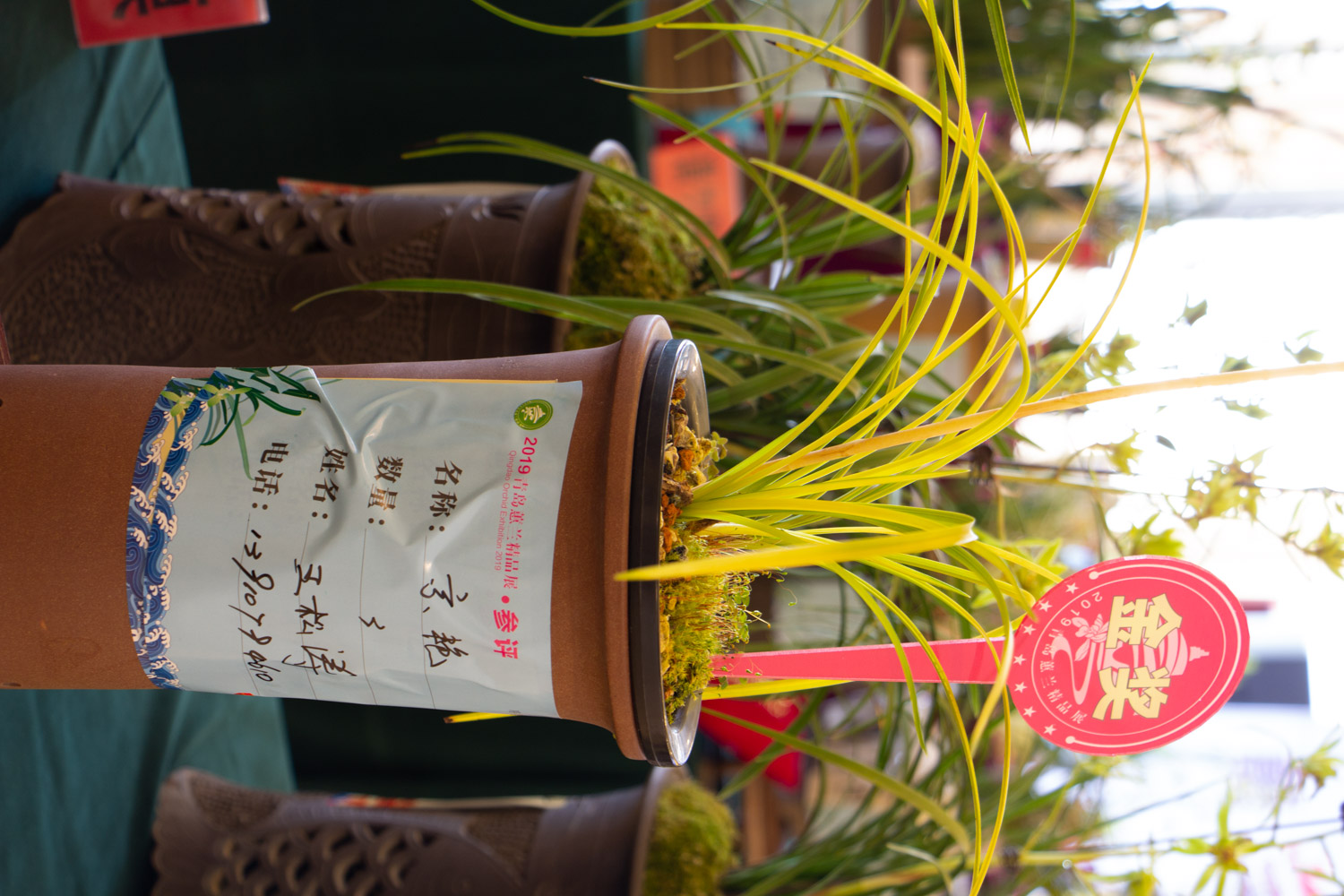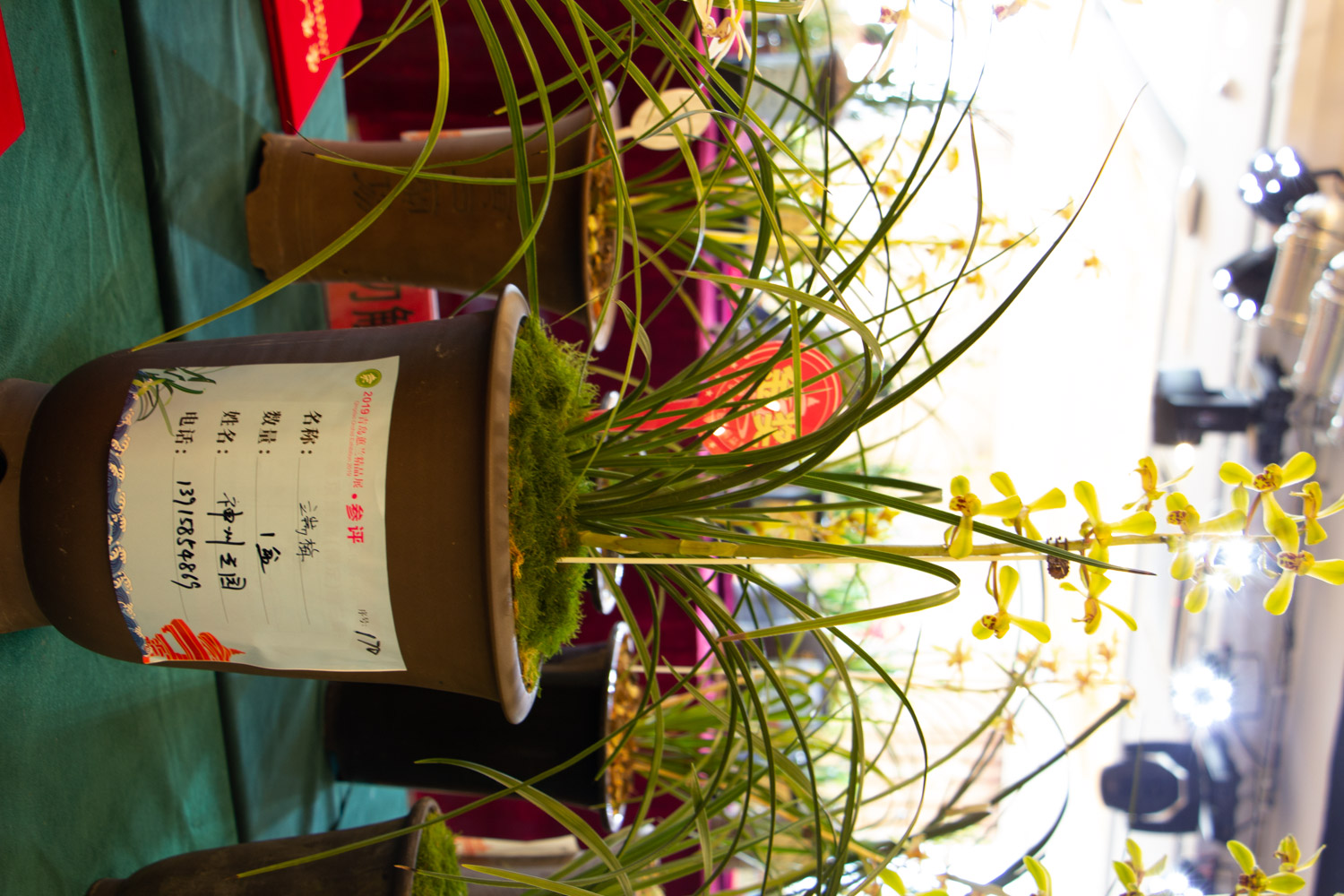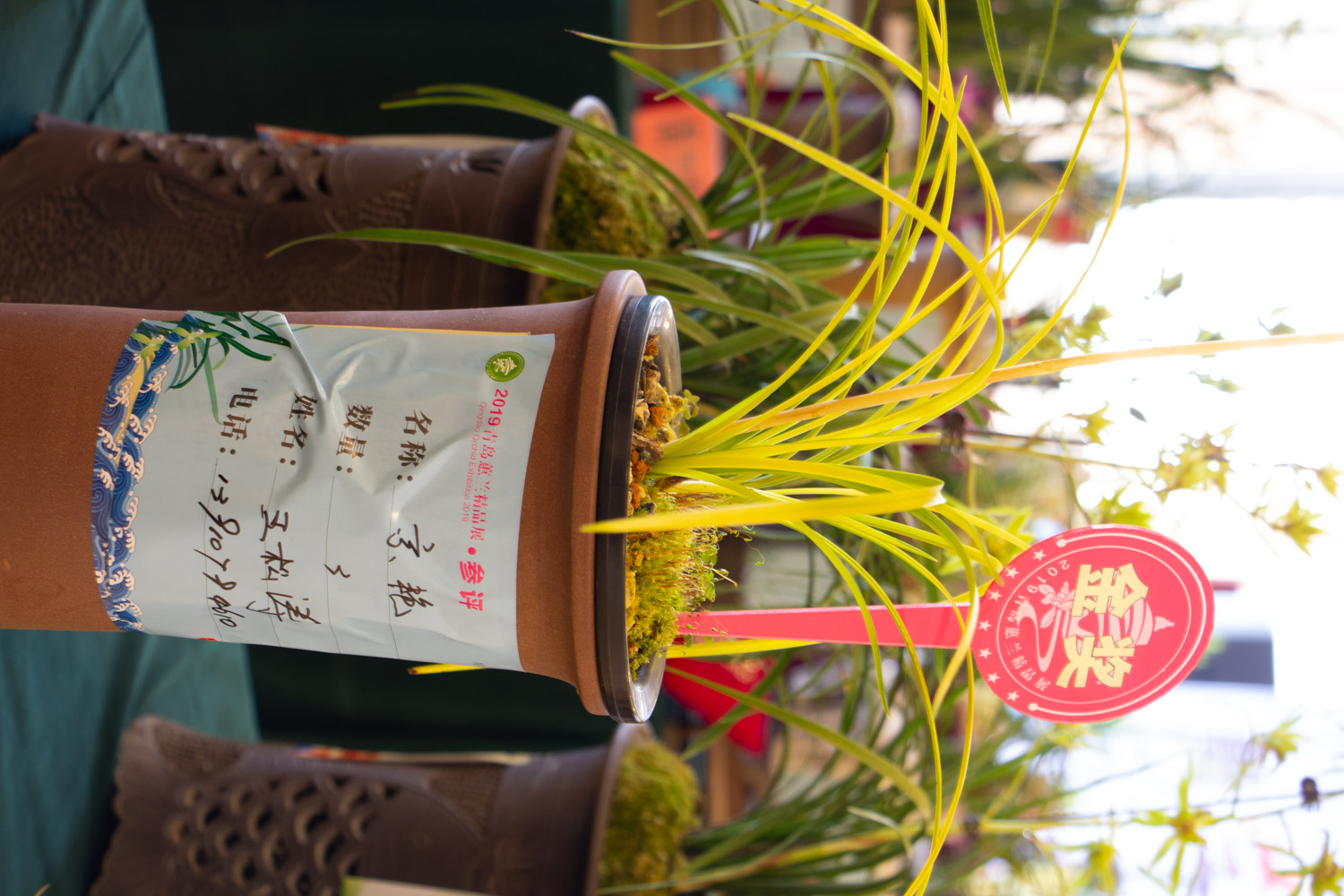1. Place
Because orchids are not particularly strict about temperature, it is no problem to put them in the open air in relatively mild spring, summer and autumn. Note that they should be moved to the shade in summer with high ultraviolet intensity. In winter, it's best to put it indoors. Even outdoors, it should be kept open, ventilated and wet. There should be enough light time indoors, preferably on the side of the sunrise. Pay attention to put it on the flower rack or table stool, not on the ground

2. Shade
Orchids like a semi shady environment and are afraid of direct sunlight. They need proper shade during breeding. In the first and middle of April, the light intensity is low, so the irradiation time can be appropriately increased, and the illuminance should be controlled after the second ten days of April. After entering summer from June to September, shade measures should be taken to make it grow naturally in semi overcast state. When entering October, the weather turns cool and the heat of sunshine decreases, the shading time can be reduced and more sunshine can be accepted

3. Rainproof
Every plant is afraid of waterlogging. If it rains too much, the accumulated water in the basin will easily lead to waterlogging and death of plants. It can be showered with light rain, but it should avoid mildew rain, showers and continuous rainfall, especially in the south. Take shelter from the rain in time in rainy seasons, and pay attention to discharging the hot gas in the basin, otherwise the orchids will be damaged. You can sprinkle some plant ash to adjust the humidity
4. Watering
For orchids, each watering can reach 8% humidity. Pay attention to supplement water in time during its growth period, and reduce the amount of water at the stage of leaf bud and flowering. In winter, orchids will enter the dormancy period. At this time, they should be watered less or not


 how many times do yo...
how many times do yo... how many planted tre...
how many planted tre... how many pine trees ...
how many pine trees ... how many pecan trees...
how many pecan trees... how many plants comp...
how many plants comp... how many plants can ...
how many plants can ... how many plants and ...
how many plants and ... how many pepper plan...
how many pepper plan...





























